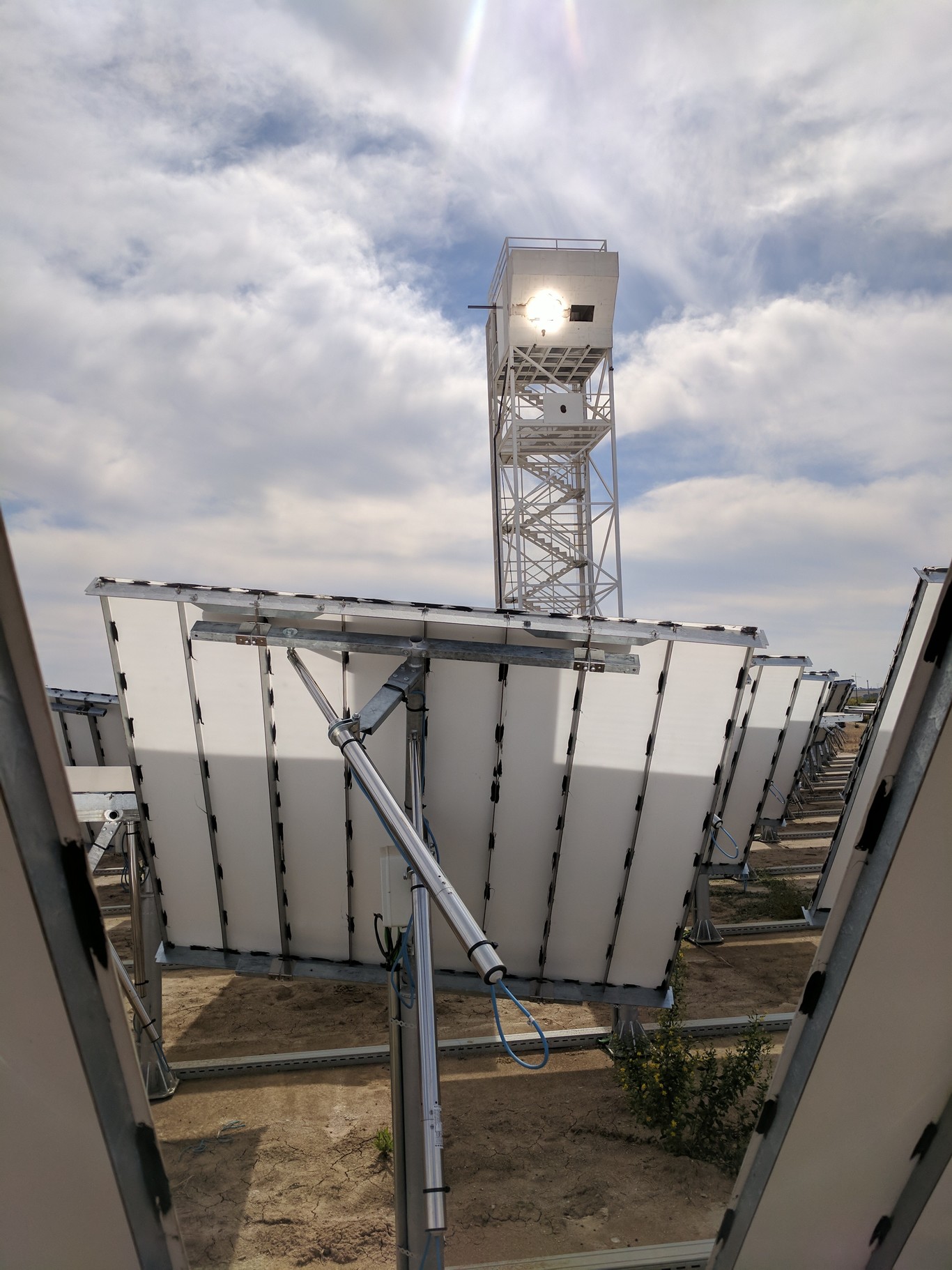
- Sustainable Planet -
- 2mins -
- 613 views
Fuel made from CO2 and sunlight wins world’s best environmental project
Researchers from Switzerland who devised a sustainable way in which CO2 from the air can be converted into synthetic fuels using only sunlight have won the 22nd World Globe Energy Award.
CO2 emissions can be reduced by more than 90% with Sun-to-Liquid technology
Researchers from Switzerland have devised a way in which CO2 from the air is converted into synthetic fuels. That synthetic fuel can later be converted into methanol or kerosene. The sun provides energy and CO2 from the air is the basis for the fuel. This makes the synthetic fuel CO2-neutral. They call the project Sun to Liquid.
The fuel can be especially beneficial for aircraft and ships that still rely heavily on fossil fuels. Electric drives are often not an option, due to weight. Compared to conventional fossil aviation fuels, CO2 emissions can be reduced by more than 90% with this technology.
Source: Change.inc

How it works
The system consists of two reactors and a solar power station. In the first reactor, CO2 and water vapor are drawn in from the air. The two ingredients are sent to a second reactor. There they are converted into carbon monoxide and hydrogen. This mix is known as ‘syngas’. This syngas is taken to a third reaction chamber where it reacts with a copper catalyst. This changes the gas into the liquid substance of methanol or kerosene.
The experimental setup can produce 100 liters of syngas in one day. This leaves about 0.05 liters of pure methanol. That may not sound like much, but this is just a test. The researchers are convinced that they can produce much more efficiently, which means that the yield can quadruple.
AN ABUNDANCE OF RESOURCES
“This technological demonstration could have important implications for the transportation industry, especially for the long-haul aviation and shipping sectors that rely heavily on hydrocarbon fuels,” Bauhaus Luftfahrt project leader Sizmann said in a press release. “We are now one step closer to living on a sustainable ‘energy income’ rather than burning our fossil ‘energy heritage’.”
Because the process uses raw materials that are available in abundance (CO2 and sunlight), the technique is very promising. It can meet the future demand for sustainable fuels on a global scale, without having to replace existing infrastructure.
Learn more about the process and technology here.
Source: Change.inc

Energy Globe Award
The Energy Globe World Award has been organised since 1999 by the Austrian Energy Globe Foundation. This year, some 2,000 projects from 182 different countries were submitted. The finalists and winners were presented at the ceremony celebrated on November 8, 2021 at the COP26 conference in Glasgow. The Sun-to-Liquid project won in the energy category, along with a number of other ideas. Click here for the complete list of winners.

